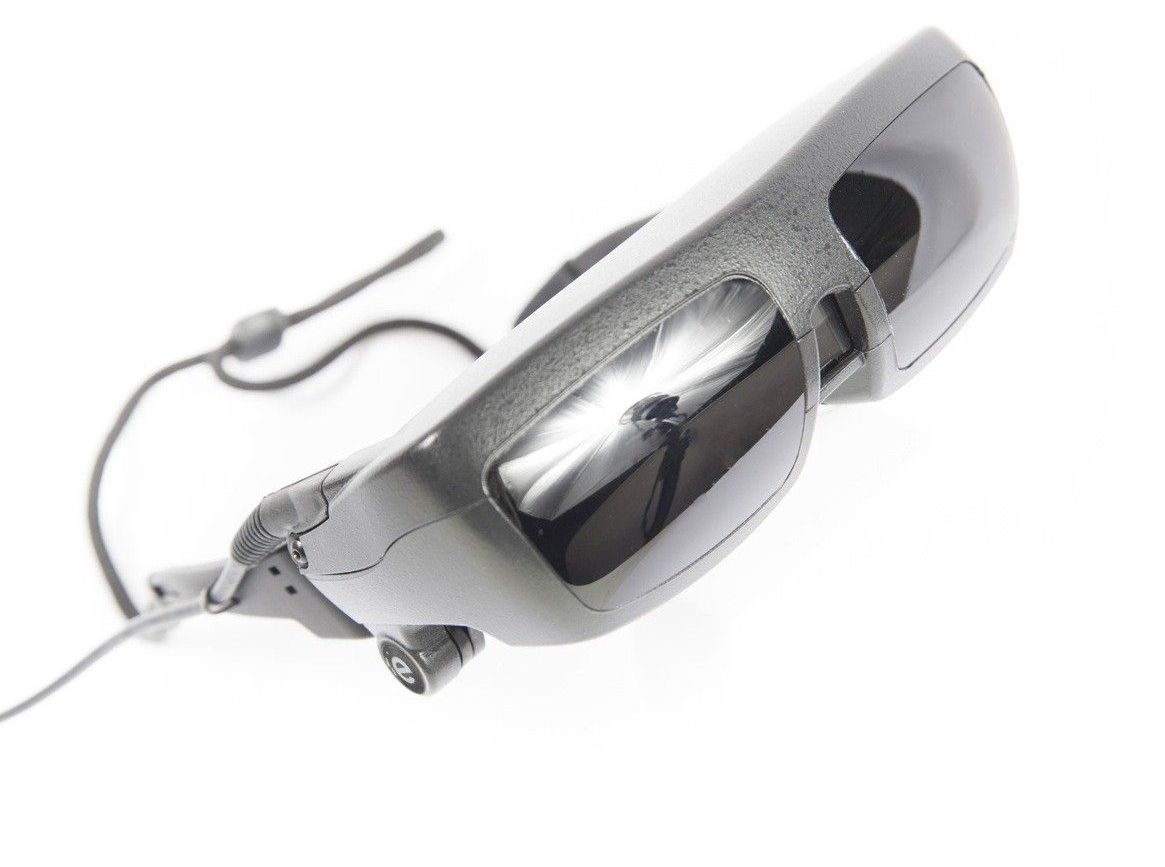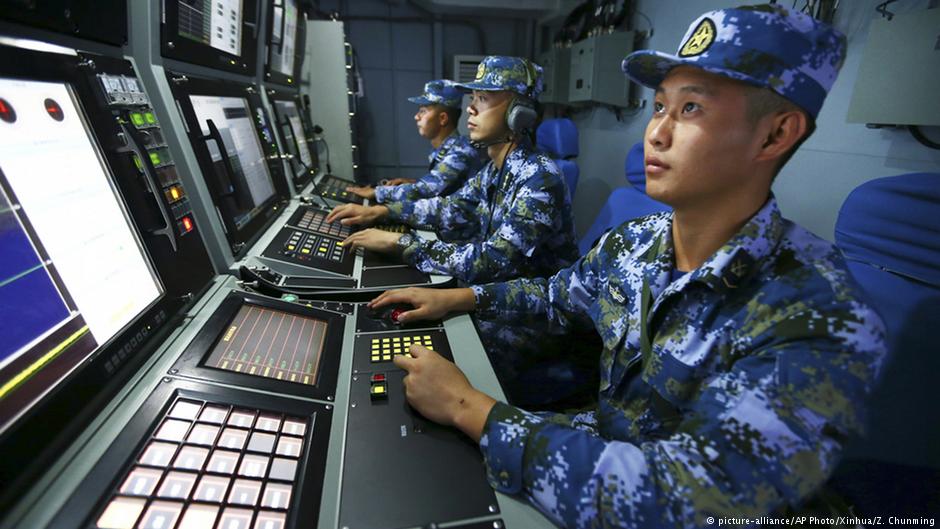Chinese scientists build the world’s longest range quantum radar, foolproof against stealth aircraft- so far in laboratories.



Congrats Dr. Happer.
I’ve been waiting to find out who will be Pres. Trump’s science adviser. It appears to be physicist Dr. William Happer, a physicist currently teaching at Princeont University, and former Director of the U.S. Department of Energy’s Office of Science from 1991–1993. He’s no slouch as a scientist. His work for the Air Force on the sodium guidestar laser platform for the military’s missile defense program provided information on the tropopause layer in the upper atmosphere, which is where atmospheric wave fronts distort both starlight and laser emissions, and where heat either begins to leak into space or does not, depending on how much and what kind of gas is blocking heat radiation.
The tropopause is the boundary between the troposphere, where we live and where weather takes place, and the stratosphere. The layers above that are the stratosphere, where stratocirrus clouds form as floating clouds of ice, the mesosphere, the thermosphere and the top, very thin layer, the exosphere. Beyond that is space.
Dr. Happer’s view of the whole climate thing clashes badly with the PC crowd’s notions about it, mostly because during the development of the sodium guidestar, he had to learn the physics and chemistry of the troposphere and the tropopause, and the layers above the troposphere.

The wave of automation that swept away tens of thousands of American manufacturing and office jobs during the past two decades is now washing over the armed forces, putting both rear-echelon and front-line positions in jeopardy.
“Just as in the civilian economy, automation will likely have a big impact on military organizations in logistics and manufacturing,” said Michael Horowitz, a University of Pennsylvania professor and one of the globe’s foremost experts on weaponized robots.
Not too shock by this given other transplant patient’s stories of memories, etc.

There are a lot of outrageous claims being made within the halls of neuroscience and artificial intelligence. Whether exaggerations, wishful thinking, the dreams of the egocentric and megalomaniacal to be immortal, or just drumming up funding for a never-ending round of “scientific investigation,” the year 2045 seems to always be cited as a target date.
Ray Kurzweil popularized the notion of The Singularity – the threshold when computing power would match or exceed the human brain and human biological systems – in his 2006 book The Singularity is Near: When Humans Transcend Biology. In that book, and subsequent articles, he theorized that 2045 would be the far end of when we could expect full integration of human and machine that would create immortality.
So far there have been indications that we are indeed proceeding in this direction. Beyond the gadgets we all use to augment our intelligence, each day seems to offer a new medical development that reads more like science fiction than reality. Just the other day there was an article in The Seattle Times that a new type of flexible brain implant could enable the paralyzed to walk again. We have robotic prostheses, humanoid robots, artificial human skin, and a range of nanotechnology applications used in medicine and the military that are quickly redefining life and nature itself. In fact, it’s been proclaimed by scientists that the era of cyborgs has begun.

Could bionic eyes restore sight to the blind and give the U.S. military super sight?
Bionic implanted eyeballs, “Star Trek”-style visors, telescopic contact lenses … these are just a few of the many exciting projects underway to both restore and provide enhanced sight.
Significant strides have been made in tech that will restore and transform lives — replacing white canes, service animals, braille machines and more for the visually impaired.
Three researchers from the Defense Advanced Research Projects Agency make some predictions for the future.

Chinese military technology is reaching “near-parity” with the West, a new report from the London-based think tank IISS has found. Western dominance in advanced military systems can no longer be taken for granted.
China accounted for a third of Asia’s military spending in 2016 and was looking to sell more arms abroad, the International Institute for Strategic Studies (IISS) said in a report on Tuesday.
China’s overall defense budget last year was $145 billion (137 billion euros), 1.8 times higher than South Korea and Japan combined. China’s spending was topped only by the United States which spent $604.5 billion (572 billion euros) on defense in 2016.

Hmmmm.
A private space company is suing the Defense Advanced Research Projects Agency (DARPA) for allegedly taking an idea and giving it to a foreign-owned competitor.
Orbital ATK accused DARPA, which develops military technology, of giving its business plan to repair satellites to Space Systems Loral (SSL), a company-based in California but registered as foreign-owned. Orbital ATK says handing business plans to SSL violates U.S. policy.
DARPA entered into a commercial partnership with Space Systems Loral (SSL) to take advantage of its Robotic Servicing of Geosynchronous Satellites (RSGS) program to capture, re-position, and repair satellites in orbit. DARPA plans to buy future RSGS services from SSL, despite it being a Bermuda-based company.

While everyone is worried over Robots and other AI systems taking our jobs and do we need universal income; I want to use my energy to change the world and the people in it to be better, stronger, and smarter.
Definitely Quantum (Quantum Bio) at work here due to the experiment program write up for the RFP targeted cell to cell communications and leveraging electromagnetisms to do so. And, that is Quantum Mechanics at work.
ARLINGTON, Va. – ARLINGTON, Va. U.S. military researchers will use an online Webcast to brief industry later this month on a new initiative to determine if humans and other living things can communicate with one another biologically with radio waves without the use of conventional antennas or RF transmitting equipment.
If climate change, nuclear weapons or Donald Trump don’t kill us first, there’s always artificial intelligence just waiting in the wings. It’s been a long time worry that when AI gains a certain level of autonomy it will see no use for humans or even perceive them as a threat. A new study by Google’s DeepMind lab may or may not ease those fears.